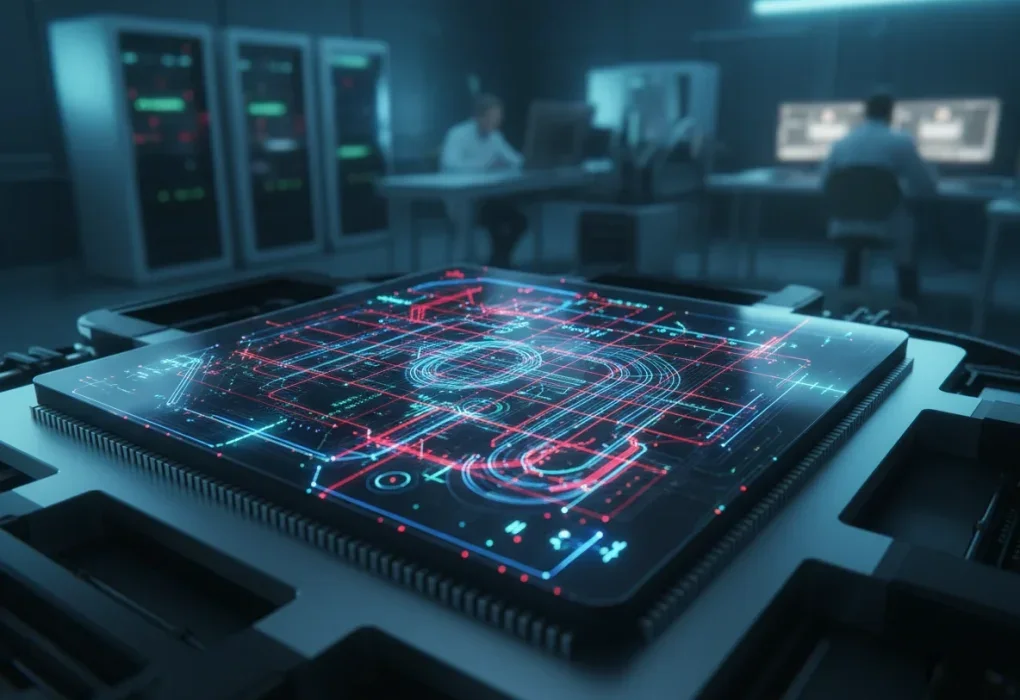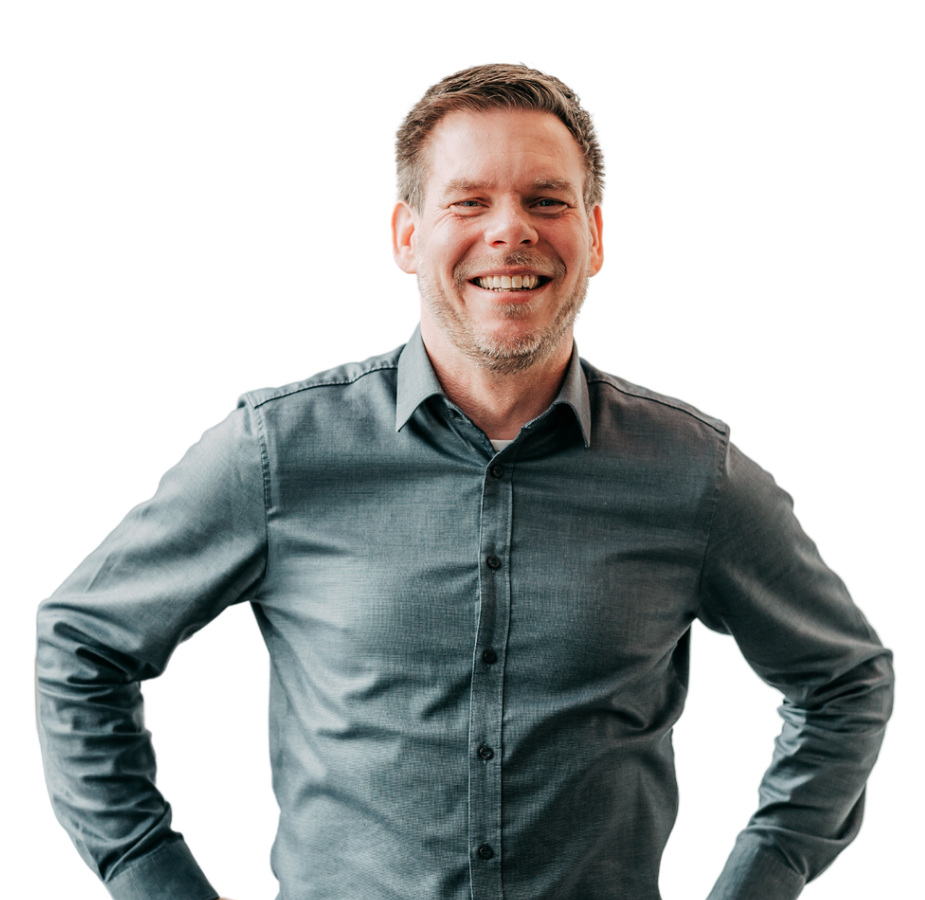Photonic chip performs an entire AI computation in a single light pulse

Researchers at Aalto University have unveiled an experimental system that executes complete tensor operations—the backbone of deep-learning models—in a single pass of a beam of light. As the beam travels through a series of integrated optical components, the intended matrix multiplication is physically "printed" onto the outgoing signal.
The prototype, built with free-space optics, completes a full convolutional layer in picoseconds without any electronic switching or ADCs. The researchers estimate that an optimised photonic chip could reduce the energy per inference by a factor of 100 to 1,000 compared with today's GPUs.
Implications for hardware roadmaps
Data centres: lower cooling load and potentially a smaller sub-station footprint thanks to the combination of optical computing and passive heat dissipation.
Edge AI: real-time image recognition or high-frequency trading could benefit from the extremely low latency (on the order of <1 ns).
Chip design: major players are already working on hybrid solutions in which photonics handles the linear algebra while CMOS takes care of flow control.
Hurdles on the road to production
The setup is still limited to laboratory scale, and error correction for optical noise is in its infancy. On top of that, programmability is currently tied to physical redesign: 'programming' is done via the lithographic pattern of waveguides in glass or silicon nitride.
Suppliers will also need to invest in photonic fabs; the CMOS ecosystem has a decades-long head start. Analysts therefore expect to see niche accelerators for specific inference tasks first, followed by broad adoption once mass production becomes viable.
Sources
Nature Photonics (peer-reviewed paper), ScienceDaily, ElectronicsWeekly.
